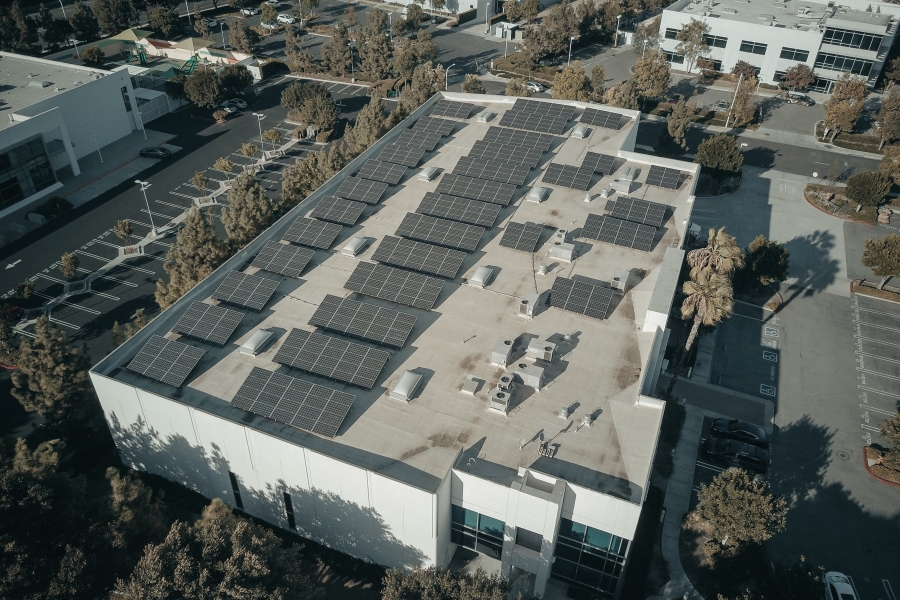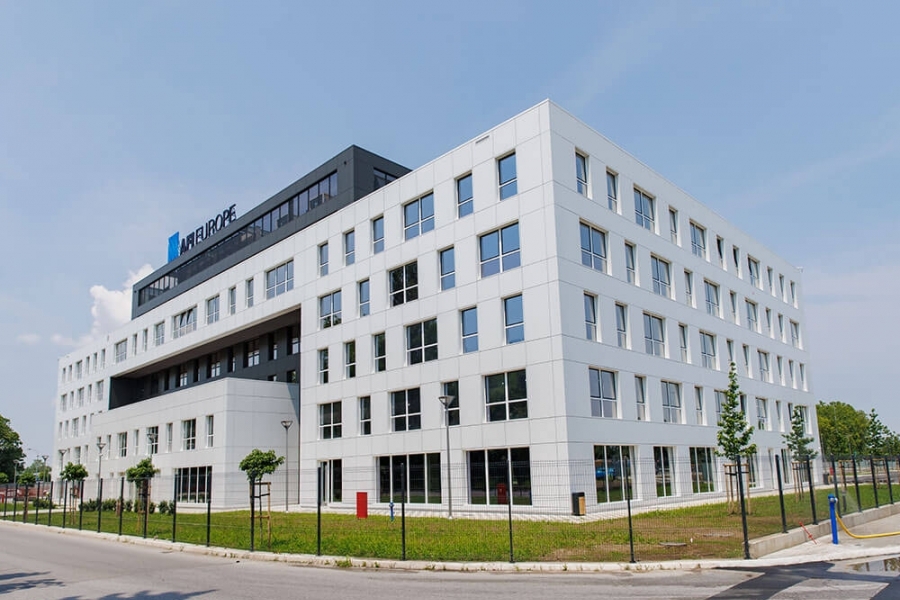
Heat pumps play a crucial role in both heating and cooling systems for residential and commercial buildings. Understanding how heat pumps function can help us appreciate their efficiency and environmental benefits. In this article, we will explore the working principles of heat pumps in heating and cooling systems.
Heat pumps operate based on the principle of heat transfer. They transfer heat energy from a source, such as the outdoor air or the ground, to provide heating or cooling for indoor spaces. The heat transfer process involves the following steps:
In heating mode, the heat pump extracts heat energy from the outdoor air or the ground and transfers it indoors to provide heating. The refrigerant absorbs heat during the evaporation process and releases it inside the building during the condensation process. This heat transfer allows the heat pump to maintain a comfortable indoor temperature even in cold weather conditions.
During the cooling mode, the heat pump reverses the heat transfer process. It extracts heat energy from the indoor air or water and releases it outdoors, thereby cooling the indoor space. The refrigerant absorbs heat from the indoor environment during the evaporation process and releases it to the outdoor air or ground during the condensation process.
Heat pumps are known for their high energy efficiency and potential energy savings. By utilizing heat energy from the environment instead of relying solely on electrical energy, heat pumps can achieve a coefficient of performance (COP) greater than 1. This means that they can produce more heating or cooling energy than the electrical energy they consume. This efficiency results in reduced energy consumption and lower utility bills.
Heat pumps offer several environmental benefits compared to traditional heating and cooling systems. Since they primarily transfer heat energy rather than directly generating it, heat pumps produce fewer greenhouse gas emissions. Additionally, heat pumps can utilize renewable energy sources, such as solar energy, making them even more environmentally friendly.
Conclusion
Heat pumps play a vital role in heating and cooling systems by utilizing the principles of heat transfer. They provide efficient and eco-friendly heating and cooling solutions by extracting heat energy from the outdoor air or ground and transferring it indoors or outdoors, depending on the mode of operation. Understanding the functioning of heat pumps can help individuals and businesses make informed decisions about implementing these systems for their heating and cooling needs.
To learn more about our system installation and design services, contact us to find the best solution for your business needs together.

Solar heating is an increasingly popular solution for heating commercial buildings. By harnessing the power of the sun, businesses can enjoy numerous ...
More

As a company engaged in the installation and design of heating systems in the construction industry for residential and commercial buildings, business...
More

Shopping malls are bustling spaces where shoppers come to explore, browse, and make purchases. A crucial aspect of creating a pleasant and inviting en...
More